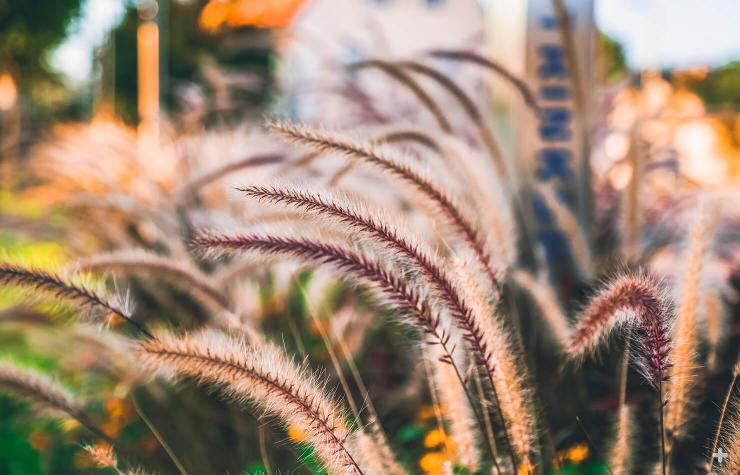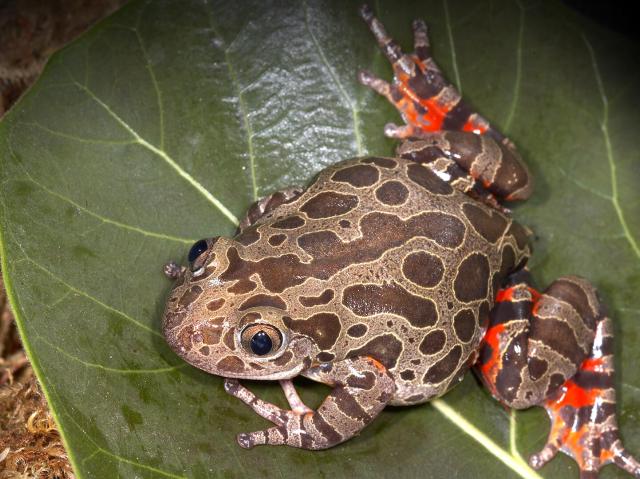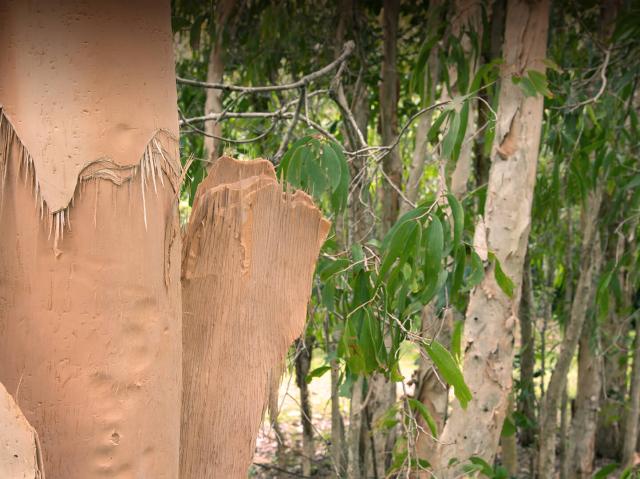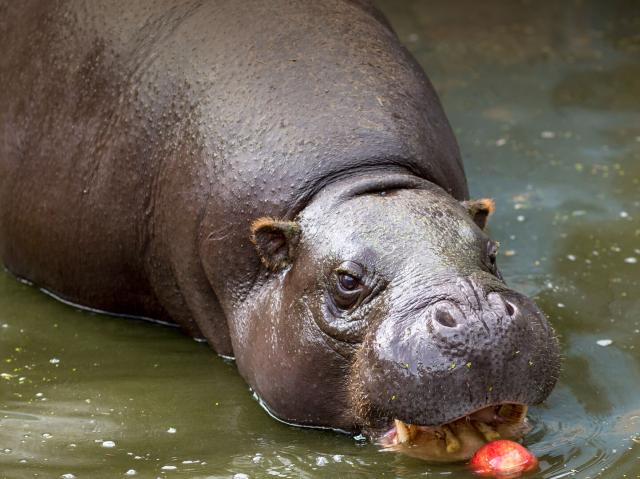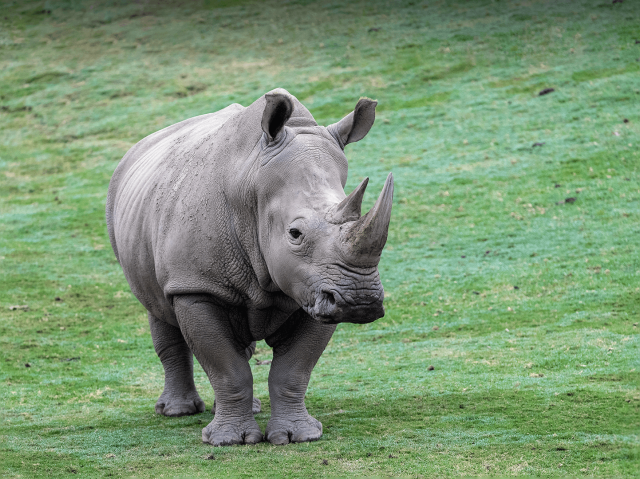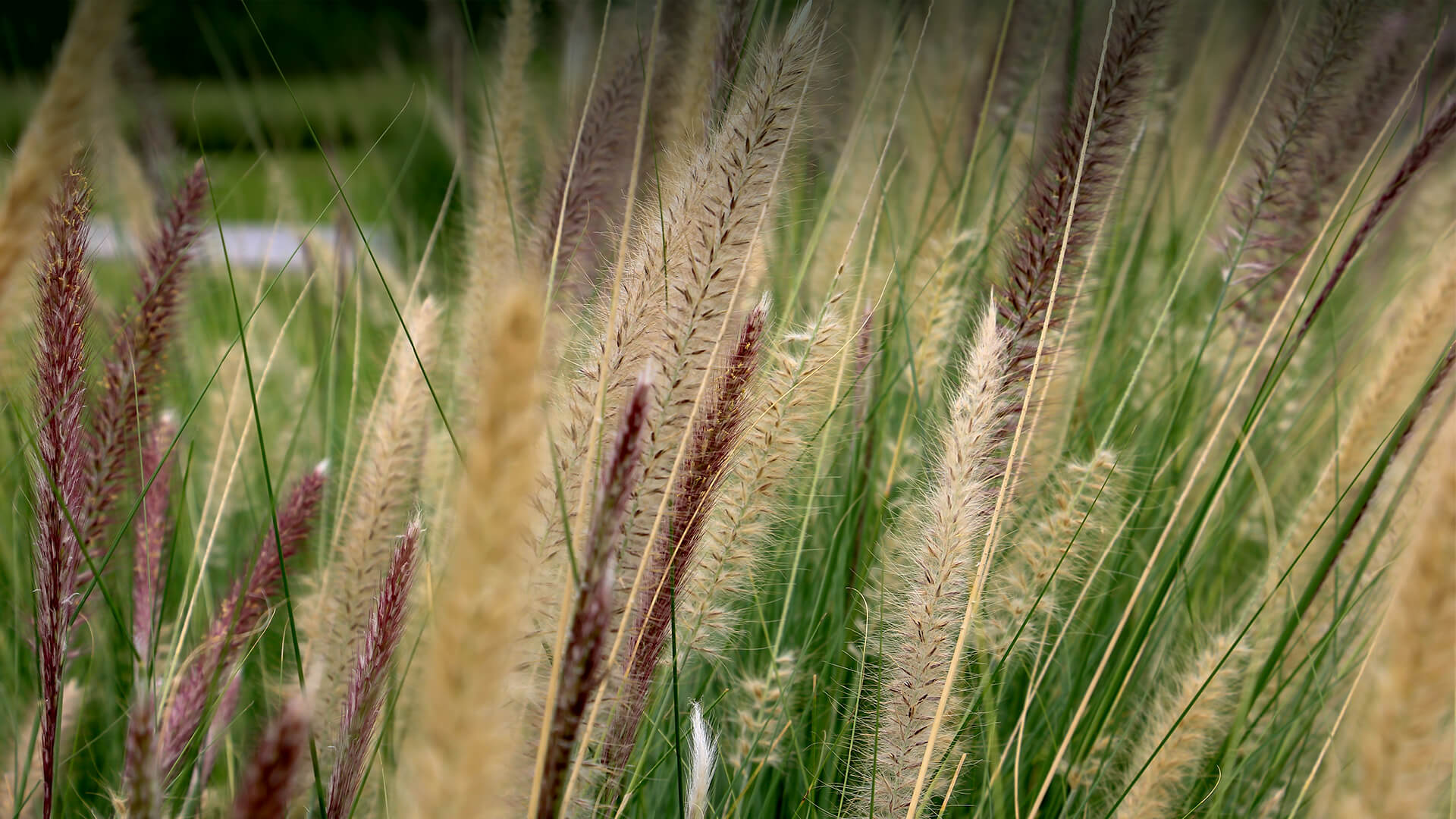
Reed Grass

- Division: Magnoliophyta
- Class: Liliopsida
- Order: Cyperales
- Family: Poaceae
- Genus: Calamagrostis
- Species: About 250

OVERVIEW
Fewer homeowners today are planting traditional lawns, which require a lot of care and irrigation—however, another type of low-maintenance grass is becoming extremely popular for use in landscaping: reed grasses. Instead of rolling lawns, reed grasses are typically planted as ornamental accents in small clumps, or as borders of tall, waving blades and flower plumes that seem to dance in a light breeze.
Reed grasses are cool season grasses that are native to moist areas in temperate regions of the Northern Hemisphere. Calamagrostis is a genus of small reed grasses—which differ from larger reed grasses, such as those used to make reeds for wind instruments. Calamagrostis includes about 250 species of small reed grasses that are found in a variety of habitats, from forests and fields to the edges of ponds, lakes, and rivers.
Reed grasses are able to tolerate a wide variety of conditions, from full sun to shade and everything from wet soil to heavy clay soils. While reed grasses produce seeds that eventually germinate and produce new seedlings, the most popular ornamental reed grass Calamagrostis x acutiflora cultivars—such as Karl Foerster Calamagrostis x acutiflora 'Karl Foerster', overdam Calamagrostis x acutiflora 'Overdam', avalanche Calamagrostis x acutiflora 'Avalanche', and eldorado Calamagrostis x acutiflora 'Eldorado'—do not produce fertile seeds and will not spread to unwanted locations. This makes them especially popular for use in residential landscaping.
CHARACTERISTICS
Reed grasses bloom early in the season and remain tall, straight, and upright. They generally grow in two-to-three-foot-tall clumps, which can expand with new growth as they get older and can be divided. However, reed grasses do not spread aggressively and will not become invasive.
They are semi-evergreen, keeping their color year-round in milder climates. The blades of these grasses are narrow, grow straight and tall, and—depending on the variety—can be either green or variegated in different shades of green and yellow.
Reed grasses typically bloom in June and July, producing feather-like plumes of flowers from stalks up to six feet high—in light shades of pink, purple, white, or yellow, depending on the plant variety—that gracefully sway in any breeze. While the flower color will fade in time, the plumes above the blades of grass often persist through winter.
CULTIVATION
Ornamental reed grasses are easy to grow, in locations with full sun to partial shade. They are fast growing and need little care, and they will come back year after year in USDA Hardiness Zones 5 through 9—wherever low temperatures don’t drop below -20 degrees Fahrenheit (-29 Celsius). They are resistant to pests, but gardeners should watch for signs of rust after wet weather.
Reed grass is propagated by division, not seed. Home gardeners can either divide an existing grass clump in fall or early spring, or obtain a new plant from a local nursery. Best results are achieved by planting in rich, well-drained soil with a neutral pH, with regular watering. However, once the plant is established, feather reed grass is drought tolerant.
During winter, gardeners cut feather reed grass back to about six inches tall, to make way for new growth in the spring. Every three to five years, the clump will need to be divided to encourage further growth.
USES
Reed grass can be added to a home landscaping plan as individual specimen plants, as background plantings for perennials, or in large masses to create borders or "living fences." Because of their compact growth in clumps, they are also well suited for growing in containers.
What's a Calamagrostis?
The genus name Calamagrostis comes from two Greek words—kalamos, which means "reed," and agrostis, which means "type of grass."
The Man Behind the Grass
The most popular reed grass cultivar—Calamagrostis x acutiflora ‘Karl Foerster’—was named for German plant propagation expert Karl Foerster. He determined that this grass, discovered in the Hamburg Botanical Garden in the 1930s, was a naturally occurring hybrid of C. epigeos and C. arundinacea. Soon after its introduction in the US in 1964, it gained worldwide popularity as an ornamental grass sold in nurseries.


